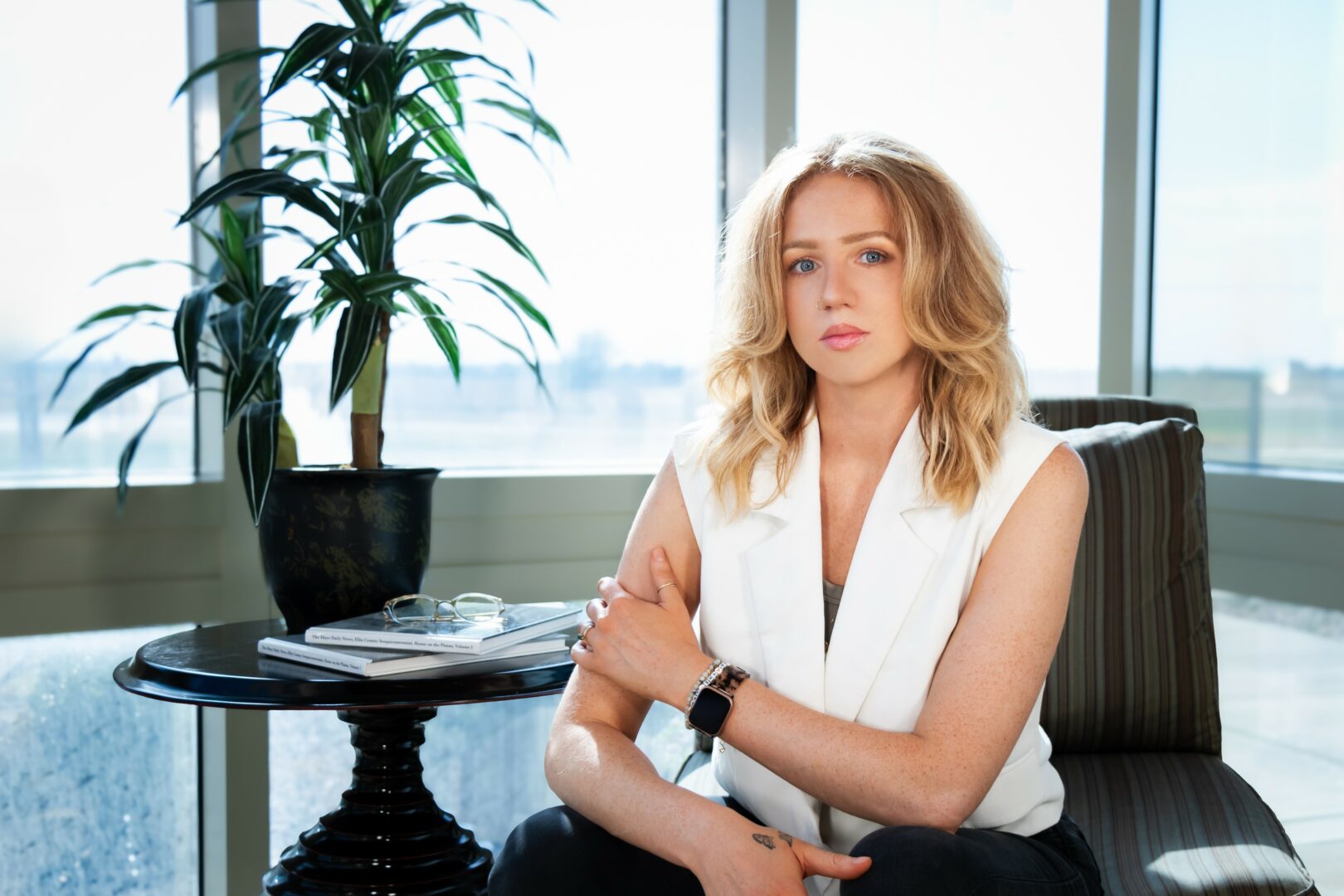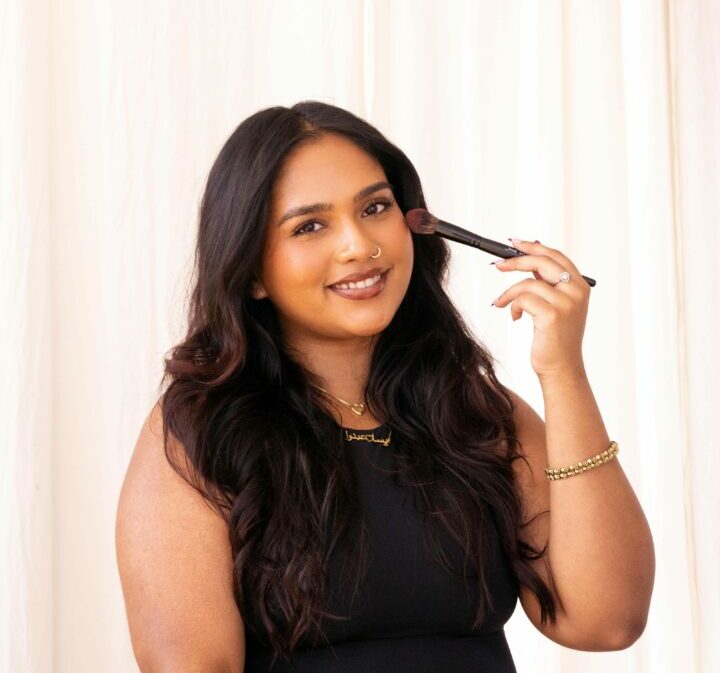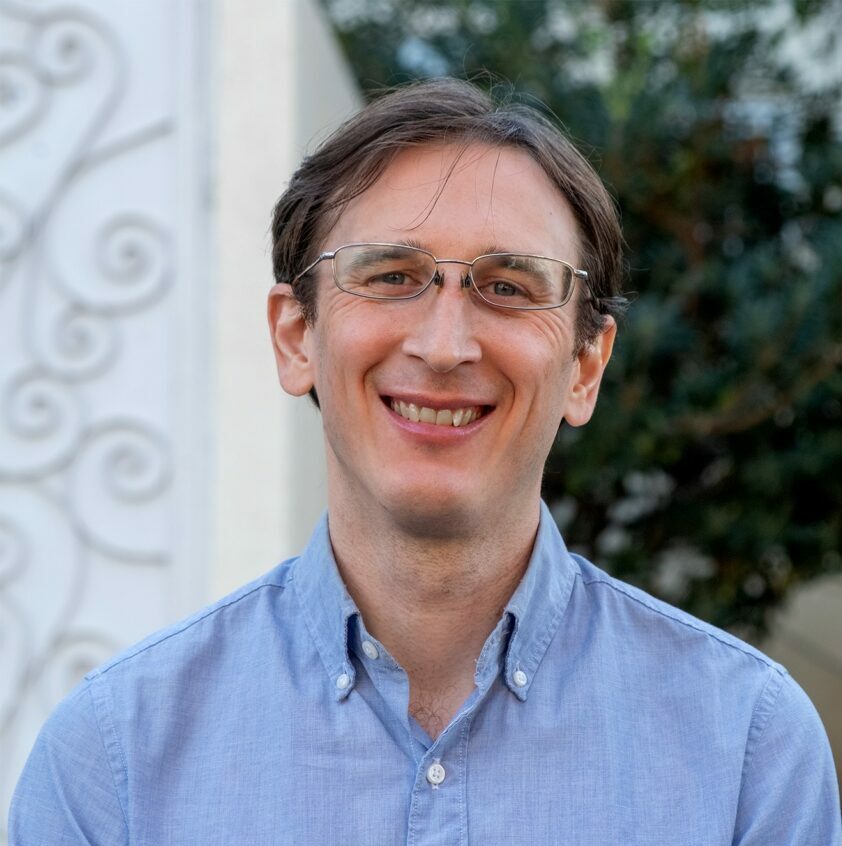Alright – so today we’ve got the honor of introducing you to Vernetta Thomas. We think you’ll enjoy our conversation, we’ve shared it below.
Vernetta , thank you so much for joining us today. Let’s jump right into something we’re really interested in hearing about from you – being the only one in the room. So many of us find ourselves as the only woman in the room, the only immigrant or the only artist in the room, etc. Can you talk to us about how you have learned to be effective and successful in situations where you are the only one in the room like you?
I was born and raised in Oklahoma by parents that allowed my sister and I to be self confident, self sufficient, independent, and critical thinkers. My parents always supported me in these traits by allowing me to always express my creativity and my thoughts through poetry, photography, and activism. It was through their support that I attained the ability to remain confident in myself and my abilities, artistic and otherwise, to stand out, even in a crowded room.
Thanks, so before we move on maybe you can share a bit more about yourself?
As far back as I can remember, I’ve had a love of art, exposed to the symphony, the impressionists, and photography most of my childhood. I have always observed how a story could be told without the spoken word, so I learned to realize how a visual could be eternally impactful.
With that said, I’ve taken on telling stories with food photography, portrait photography, documentary and street photography. I think photography oftentimes is more than just the capture, because there’s a story behind every image.
Professionally, I am focused on and driven by the happenings in the world around me. I am inspired by the stories of others, by the good and the bad. I want to use my photography as a vehicle to bring about an awareness. As a result, In my documentary portrait work, I want to hear my subjects’ stories. I want to hear the what, when, wheres, why and how because all of us have been through or are going through something. My clients have found it therapeutic to talk, and I find it therapeutic to listen and to represent their feelings through photography. I made up my mind to strive to produce portraiture that isn’t planned, but keeping it natural, allowing the client to be themselves.
My street photography is another story. The randomness in shooting strangers is quite different because there is no conversation or emotional attachment with the subjects.
Currently, because I feel like studio work can be too confining, one is just taking pictures and not actually creating memories, I am working on projects that tell a story, not just posing. I am working my way towards creating portraits of clients by following them about, becoming invisible to them in their day to day activities. As a result, I am always inviting people to tell me their stories and allow me to chronicle their stories in my work.
In short, the therapeutic nature of my client’s storytelling and the photographic images that result, is where the magic occurs in the work that I produce.
If you had to pick three qualities that are most important to develop, which three would you say matter most?
The three areas of knowledge that were instrumental in my growth as a photographer was my father’s influence in the area of art whether it was photography, trips to the symphony, ballet, plays, and museums. My dad spent time in Germany, and his photographic images of his time there were amazing which fueled my interest in photography and travel, along with National Geographic Magazine. Second, once I started spending time in various countries in Europe, I started taking dark room classes because at that time, I was shooting film. Finally, living in Europe was most certainly a huge influence in much of my work because I got a chance to see the work of some of the most influential photographers of all time including Henri Cartier Bresson, Francesca Woodman, William Klein, Diane Arbus, Irving Penn, Terrance Donovan, Daido Moriyama, and Ernst Haas, just to name a few. These experiences established the foundation for my work as a photographer.
The advice that I would give people who are early in their journey of improvement in these areas would be to find their photographic style, study other photographers’ work, be a good communicator with their clients, and get to know and understand their target market. Most of all, they should be confident, and know that what we do is subjective, and that the only opinions that matter are those of the client, as well as their own.
Okay, so before we go we always love to ask if you are looking for folks to partner or collaborate with?
I would love to collaborate with other artist on various types of projects. I love sharing ideas, and perspectives. I feel like collaborations help us grow, and broadens viewpoints.
The person or persons would be creative in their own right, willing to communicate their opinions, and be committed to finishing a great project. The person or persons must have a solid work ethic, and able to get along with others, as well be a good listener, good communicator, and love to laugh!!!
I can be contacted through my website or via text. My contact information is below.
Website: www.capturethis2.com
Text – 702-701-1073
[email protected]
Contact Info:
- Website: https://capturethis2.com/
- Instagram: vernettam100
- Linkedin: https://www.linkedin.com/in/v-t-61b6b931/









